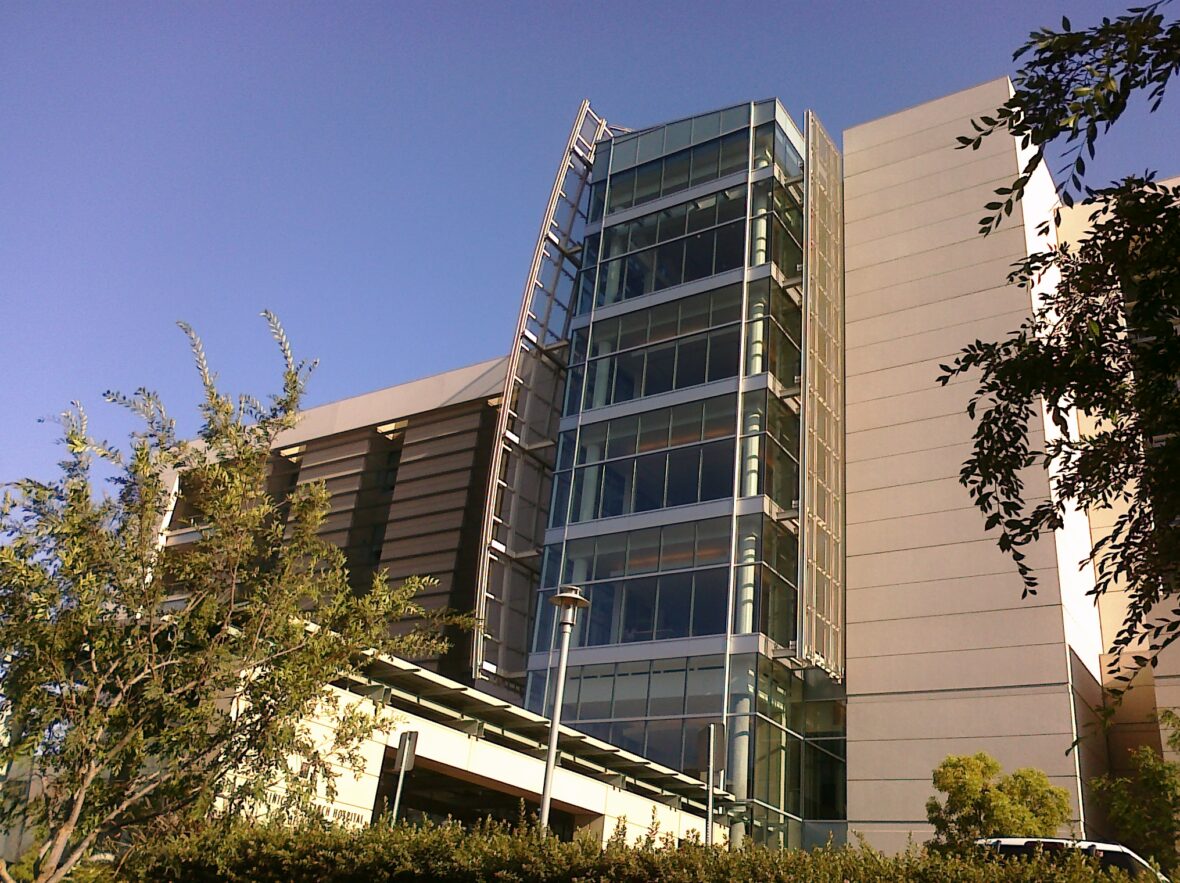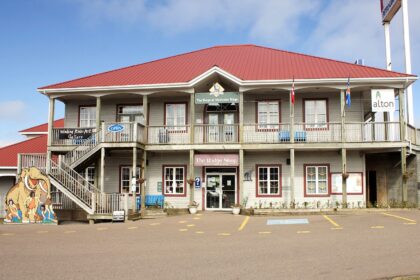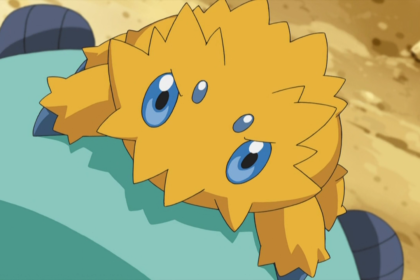Duarte is a city in Los Angeles County, California, United States. Take a look below for 20 bizarre and amazing facts about Duarte, California, United States.
1. As of the 2020 census, the city population was 21,727.
2. It is bounded to the north by the San Gabriel Mountains, to the north and west by the cities of Bradbury and Monrovia, to the south by the city of Irwindale, and to the east by the cities of Irwindale and Azusa.
3. Duarte is located on historic U.S. Route 66 which today follows Huntington Drive through the middle of the city.
4. The town is named after Andrés Duarte, a Californio ranchero who founded the community.
5. Around 500 B.C., a band of Shoshonean-speaking Indians established settlements in what is now the San Gabriel Valley.
6. These Native Americans came to be called the Gabrieliño Indians (after San Gabriel, the local mission) by early Spanish explorers, but now prefer to be called the Tongva.
7. The Tongva did not practice agriculture, but instead relied upon the wild seeds, berries, and plants that grew near the rivers and marshlands.
8. Since the San Gabriel Valley area was home to large numbers of oak trees such as coast live oak and interior live oak, a staple of the Tongva diet was an acorn mush made by boiling acorn flour.
9. Duarte’s history with Europeans dates back to 1769, when all land in California was claimed by the king of Spain. The first Europeans visited the San Gabriel Valley, including Duarte, during a 1769 expedition from San Diego to Monterey Bay commanded by Don Gaspar de Portolà.
10. Accompanying Portolà was a Franciscan priest from Junípero Serra’s order in Mexico, Juan Crespí, who served as the diarist of the expedition. Much of what is known of early California is known only from the detailed descriptions recorded by Crespi.
11. On September 8, 1771, the Franciscans established the Mission San Gabriel Arcangel in the San Gabriel Valley.
12. The mission was a resting point for early California travelers and gathered most of the native Tongva into an agricultural lifestyle. Following Mexican independence in 1821, the mission lands were nationalized.
13. On May 10, 1841, the governor of Alta California, Juan Bautista Alvarado, granted to former Mexican corporal Andrés Duarte and his wife nearly 7,000 acres (28 km2) of prime land in the central-northern San Gabriel Valley. Duarte named his new holdings “Rancho Azusa de Duarte”. The name Azusa was derived from Asuksa-gna, the name of the Tongva settlement on the Foothills of California, on the western side of the alluvial fan where the San Gabriel River exits the San Gabriel Mountains; a portion of this area forms the northeasternmost corner of Duarte.
14. That land grant now comprises portions of Arcadia, portions of Monrovia, all of Bradbury, all of Duarte, portions of Irwindale, portions of Azusa and a portion of Baldwin Park. Corporal Duarte had the local Indians build a small hut for his family and help him plant a kitchen garden and orchards near “the Indian Springs of the Asuksas”.
15. Alta California was given to the United States in 1848 following the end of the Mexican–American War. In 1851, Congress passed a bill that established a Board of Land Commissioners whose duty was to determine the validity of all grants of Alta California land by Spanish and Mexican authorities.
16. Corporal Duarte began incurring legal expenses and other debts, which he defrayed by selling portions of his Rancho. This first sale was a 225-acre (0.91 km2) parcel at the southern end of the Rancho to Michael Whistler and two unidentified colleagues.
17. Whistler later bought out his colleagues and sold the entire parcel to Dr. Nehemiah Beardslee, who started the first school in Duarte (which now bears his surname) and laid out the first section of Duarte’s water lines. Corporal Duarte divided much of the Rancho’s remainder into 40-acre (16 ha) plots and sold them individually. Corporal Duarte finally won a favorable ruling from the Supreme Court for his land grant case in 1878, but by then he had sold the entire Rancho.
18. Many of Duarte’s earliest pioneer families came to Duarte in the mid-19th century for their health, the pleasant climate, and the fertile soil. English settlers, Americans from the Midwest and Deep South, Latinos who remained from the Rancho and Japanese immigrants enabled Duarte to grow into a thriving agricultural community specializing in citrus production.
19. The first recorded avocado tree grown in California was planted in Duarte by William Chappelow, Sr. grown from one of four seeds sent to him by the Division of Pomology of the United States Department of Agriculture in 1893.
20. Two medical institutions were started in Duarte in the early part of the 20th century. In 1913, the Jewish Consumptive Relief Association started a tuberculosis sanitarium in the form of a small tent city on 40 acres (16 ha) of land south of Duarte Road. This later evolved into the world-renowned City of Hope National Medical Center, a recognized leader in fighting cancer and other catastrophic diseases.




